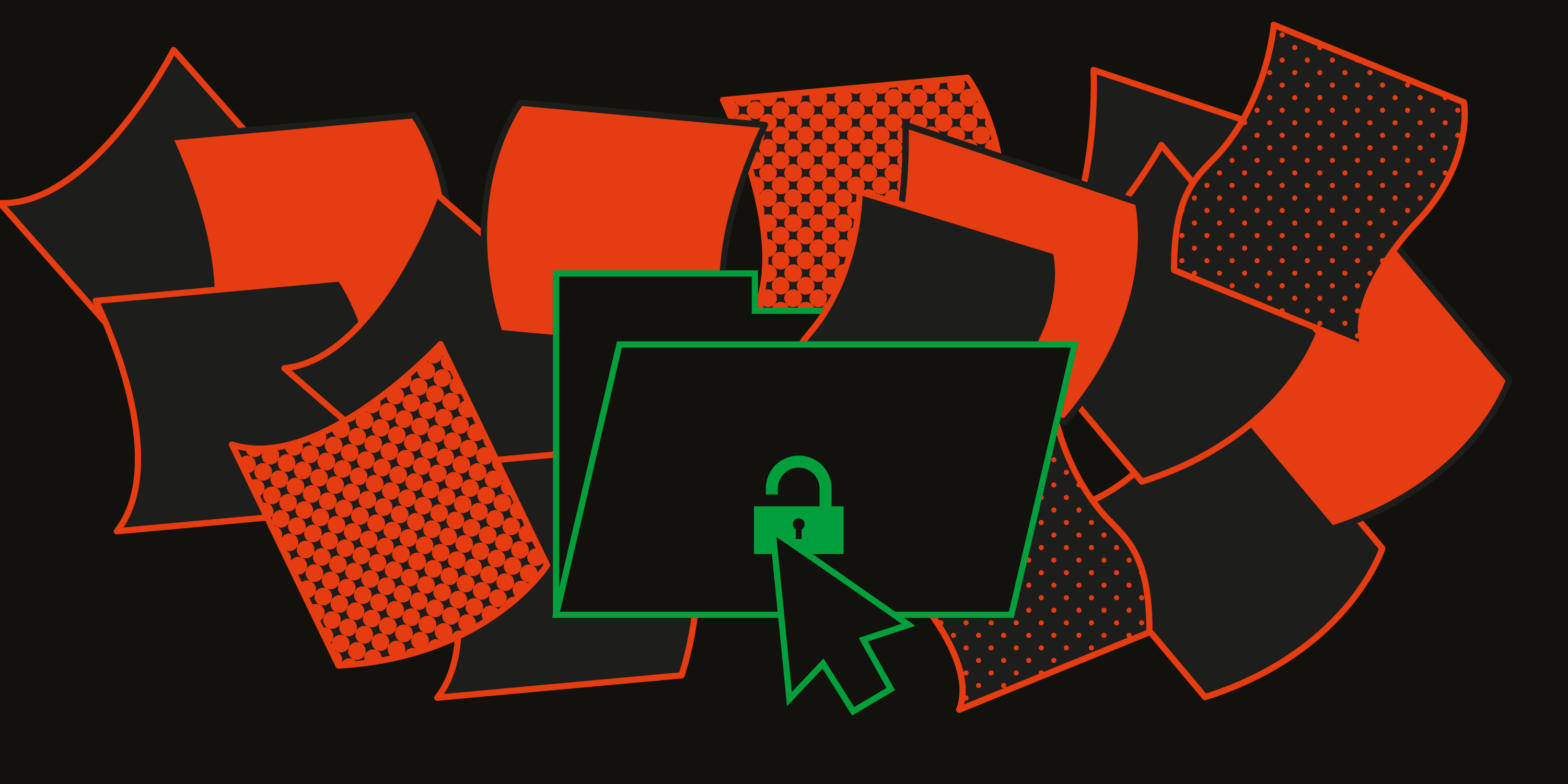FilterWatch and Taraaz are proud to release a new resource, “Navigating Tech and Human Rights in Iran: A Human Rights Impact Assessment Guide to Engage, Assess, Act.” This comprehensive guide is created to help technology companies make decisions that respect human rights and internet freedom in Iran. Why We Created This Guide As internet censorshipContinue reading “Navigating Tech and Human Rights in Iran: A Human Rights Impact Assessment Guide to Engage, Assess, Act”
Author Archives: Filterwatch
The Rising Wave Of Impersonation
Miaan Group has documented multiple attacks on civil society groups inside and outside of Iran, which constitute the largest and most coordinated impersonation and phishing campaign since the outbreak of the Mahsa Jina Amini movement last year. This report is the result of research and documentation of over 100 attacks that targeted journalists, civil societyContinue reading “The Rising Wave Of Impersonation”
Internet Oppressors: A Look at the Office of Iran’s Attorney General and its Contractors
This report investigates Internet control and surveillance in Iran, drawing on analysis of over 80,000 leaked emails pertaining to the Working Group for Determining Instances of Criminal Content (WGDICC) from 2014 to 2022. The WGDICC is a judicial body that operates under Iran’s Attorney General’s Office and filters and censors the Internet in Iran. TheContinue reading “Internet Oppressors: A Look at the Office of Iran’s Attorney General and its Contractors”
HackerWatch: January – June 2023
The spree of hack-and-leak attacks continued in the first half of 2023. The Iranian government has become a prime target of hacktivist activists. Various hacking personas have defaced official websites, infiltrated domestic networks, and spilled top secret documents into the public domain. While the identity and affiliation of many of these groups remain unclear, theyContinue reading “HackerWatch: January – June 2023”
Moving Towards Digital Authoritarianism
Summary Of Analysis Filterwatch’s findings reveal that the Islamic Republic of Iran is intensifying its hold on internet control and restrictions, adopting faster and more clandestine approaches. This pattern persists, continuing for eight months after the initial outbreak of protests following the death of Mahsa Jina Amini. As a result, conventional censorship methods, filtering, andContinue reading “Moving Towards Digital Authoritarianism”
Old Policies, New Laws: Legal Developments Around Iran’s Internet Take Centre Stage
This month, several important legislative developments dominated internet-related developments including the release of the draft Seventh Development Plan, and new legislation giving the Supreme Council for Cyberspace more authority, and agreements on the licensing of video-on-demand content. The issue of domestic messaging apps and pushing users away from international services still remains a priority forContinue reading “Old Policies, New Laws: Legal Developments Around Iran’s Internet Take Centre Stage “
No Slowing Down: Internet shutdowns, Internet restrictions and Hijab Enforcement
Iranian authorities announced the commencement of a new cycle of crackdowns on “hijab violations” in public spaces, including inside vehicles. Officials emphasized the role of technology in the latest enforcement cycle for more “contactless” efforts, including sending SMS warnings for non-compliance. Of course, the cameras and facial recognition technology are said to be playing aContinue reading “No Slowing Down: Internet shutdowns, Internet restrictions and Hijab Enforcement “
An Internet For the Few: Iran’s Digital Segregation Plans Edge Closer to Reality
Since the tragic death of Mahsa Jhina Amini in September 2022 and the ensuing protests, access to the internet in Iran has been in a state of near-constant crisis. At the height of violent crackdowns against protests, further internet restrictions were also introduced. Measures such as digital curfews, localized shutdowns, the blocking of platforms suchContinue reading “An Internet For the Few: Iran’s Digital Segregation Plans Edge Closer to Reality”
New Measures to Oppress Women Using Technology Announced
March 2023 coincides with the Persian New Year, and with the New Year holidays taking up much of this month and protests slowing down, one major announcement which captured a lot of attention this month. In mid-March, several Iranian MPs made comments on a new bill being worked on to implement technologically-assisted hijab enforcement. MPContinue reading “New Measures to Oppress Women Using Technology Announced”
HackerWatch: July – December 2022
The second edition of HackerWatch report covers the latest developments in Iran’s cyber orbit. Yet the report is overshadowed by the “Woman, Life, Freedom” movement, sparked by the tragic death of a young Kurdish woman in police custody in September 2022. These protests happened against a backdrop of expansive surveillance and geopolitical competition between IranContinue reading “HackerWatch: July – December 2022”









